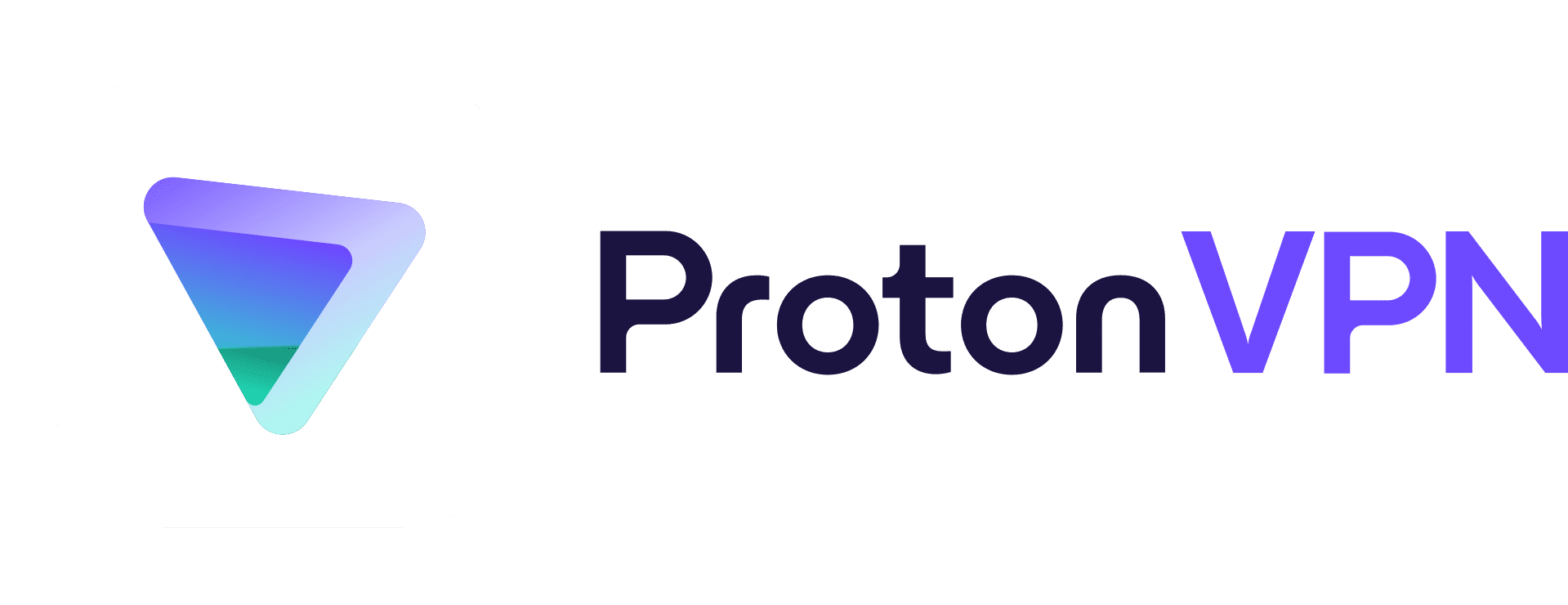Maximize Your Online Experience: Expert Tips on How to Identify Throttling on Your Internet
To maximize your online experience, it’s important to understand how internet throttling can impact your browsing speed. We’ll provide expert tips on how to identify when your internet is being throttled and what you can do about it. With this knowledge, you can ensure a seamless and fast connection for all your online needs.

- ✔ Connect Unlimited Devices Devices
✔ 3000+ Servers in 50 Countries
✔ 100% No-Logs Privacy
✔ 79% off + 2 Months Free

- ✔ Connect Up-To 6 Devices
✔ Thosuands of Servers in 60 Countries
✔ 100% No-Logs Privacy
✔ 67% off 2-Year Plans and UberEats Voucher

- ✔ Connect Up-To 10 Devices
✔ Thosuands of Servers in 70+ Countries
✔ High-speed VPN for Gaming or Streaming
✔ 50% off 2-Year Plans
What is Throttling?
Simply put, throttling is a technique used by ISPs to intentionally slow down internet speeds for certain types of online content or activities. This could include streaming services like Netflix or Hulu, file-sharing platforms like BitTorrent, or even specific websites that use large amounts of bandwidth.
The main reason behind throttling is network management. As more and more people rely on the internet for their daily activities, ISPs need to ensure that their networks can handle the increased traffic. By slowing down certain types of traffic, they can prioritize others and prevent network congestion.
ISPs may also use throttling as a way to control data usage by their customers. Many ISPs offer unlimited data plans but often have hidden caps in place that throttle speeds once a certain amount of data has been used.
How Does Throttling Affect Your Online Experience?
Throttling can significantly impact your online experience in several ways. The most obvious impact is slower internet speeds, which can lead to buffering while streaming videos or longer loading times for websites and online games. This can be frustrating and disruptive to our daily activities.
Moreover, throttling can also affect the quality of your online content. There are several methods you can use to bypass internet restrictions and access blocked websites, such as using a virtual private network (VPN) or learning how to unblock websites through proxy servers. When streaming video content, your ISP may throttle the video’s resolution, leading to a lower quality viewing experience. This is because higher resolutions require more bandwidth, which ISPs try to limit through throttling.
Another issue with throttling is its negative effect on certain types of applications or services. As mentioned earlier, ISPs often target specific types of traffic for throttling, such as file-sharing platforms. This not only affects the users of those platforms but also impacts their ability to share and access information freely.
How Can You Tell If Your Internet is Being Throttled?
Now that we understand what throttling is and how it affects our online experience let’s look at some expert tips on how to identify if your internet is being throttled.
1. Run Speed Tests
One of the easiest ways to check if your internet is being throttled is by running speed tests on different websites or applications. There are many free tools available online that allow you to test your internet speed quickly and accurately.
Start by running a speed test on a reputable website like Fast.com or Speedtest.net. Take note of the download and upload speeds reported by the test. Then, try running the same speed test while using a virtual private network (VPN). If the speeds differ significantly between tests, there’s a high chance that your ISP is throttling your connection.
2. Monitor Your Connection While Using Different Applications
As mentioned earlier, ISPs often target specific types of traffic for throttling. Therefore, it’s essential to monitor your internet connection while using different applications or services.
You can test your connection while streaming videos, downloading files from a file-sharing platform, or playing online games. If you notice a significant decrease in speed or poor performance while using specific applications, it could be an indication of throttling.
3. Check Your Contract and Data Usage
Another way to determine if your internet is being throttled is by checking your contract with your ISP. Many ISPs include clauses in their contracts that allow them to throttle internet speeds at certain times or for specific types of traffic.
Keep track of your data usage and compare it to the data cap mentioned in your contract. If you notice a sudden decrease in internet speeds after reaching the data limit, it could be due to throttling.
What Can You Do About Throttling?
If you suspect that your internet is being throttled, there are steps you can take to address the issue and improve your online experience.
1. Contact Your ISP
The first step to addressing throttling is to contact your ISP directly. Express your concerns and ask them if they are indeed throttling your connection. If they confirm that they are restricting speeds or have policies in place for implementing throttling, try negotiating with them for better terms.
2. Switch ISPs
If negotiations with your current ISP fail, consider switching to another provider that offers more transparent and reliable services. Look for providers that offer unlimited data plans without hidden caps on speeds or have policies against throttling.
Moreover, do some research on different ISPs in your area and read reviews from other customers before choosing one. This will help you make an informed decision about which provider would best suit your needs.
3. Use a VPN
As mentioned earlier, using a virtual private network (VPN) can help bypass throttling by hiding your online activities from your ISP. VPNs encrypt your internet traffic and route it through different servers, making it difficult for your ISP to identify and throttle specific types of traffic.
However, not all VPNs are created equal, and some may still be detected and throttled by your ISP. Therefore, do some research on reputable VPN providers that have a good track record of bypassing throttling.
Last Thoughts
Throttling is a common practice used by ISPs to manage network congestion and control data usage. However, it can significantly affect our online experience by slowing down our connection speeds and limiting the quality of our online content. By understanding the significance of an IP address, you can gain valuable insights into a user’s geographical location, internet service provider, and potential network security risks.
By understanding what throttling is and how to identify if your internet is being throttled, you can take steps to address the issue and improve your online experience. Whether it’s negotiating with your ISP for better terms or using a VPN to bypass throttling, there are ways to hold ISPs accountable for providing the promised speeds.
As internet usage continues to grow in the future, it’s crucial for ISPs to find alternative methods of managing their networks without resorting to throttling. Until then, we must stay informed about our rights as consumers and take action when necessary to ensure we receive the best possible internet experience.

- ✔ Connect Unlimited Devices Devices
✔ 3000+ Servers in 50 Countries
✔ 100% No-Logs Privacy
✔ 79% off + 2 Months Free

- ✔ Connect Up-To 6 Devices
✔ Thosuands of Servers in 60 Countries
✔ 100% No-Logs Privacy
✔ 67% off 2-Year Plans and UberEats Voucher

- ✔ Connect Up-To 10 Devices
✔ Thosuands of Servers in 70+ Countries
✔ High-speed VPN for Gaming or Streaming
✔ 50% off 2-Year Plans
What are common signs that my internet is being throttled?
Common signs that your internet is being throttled include slower download and upload speeds, prolonged buffering while streaming, and sudden drops in connectivity. You may also notice that certain websites or services are consistently slower than others. So, if you want to bypass geo-restrictions and access a wider selection of content on Netflix, learning how to use VPN with Netflix is the key to maximizing your streaming experience. Contacting your internet service provider can help confirm if your internet is being throttled.
How can I test if my internet service provider is deliberately slowing down my connection?
- You can try using a Virtual Private Network (VPN) which may bypass any potential throttling and show an increase in speeds.
- There are a few ways to determine if your internet is being throttled by your ISP.
- You can use online speed tests to compare your current speeds to the promised speeds of your plan, and check for significant differences.
Are there any steps I can take to prevent or overcome internet throttling?
Yes, there are steps you can take to prevent or overcome internet throttling. Check your internet speed using a reliable online speed test tool. If the results show a significant decrease in speed compared to what you pay for, then it is likely that your internet is being throttled. You can also contact your Internet Service Provider (ISP) and inquire about any potential bandwidth restrictions or limitations on your account. Using a Virtual Private Network (VPN) can help bypass throttling by encrypting your internet traffic.